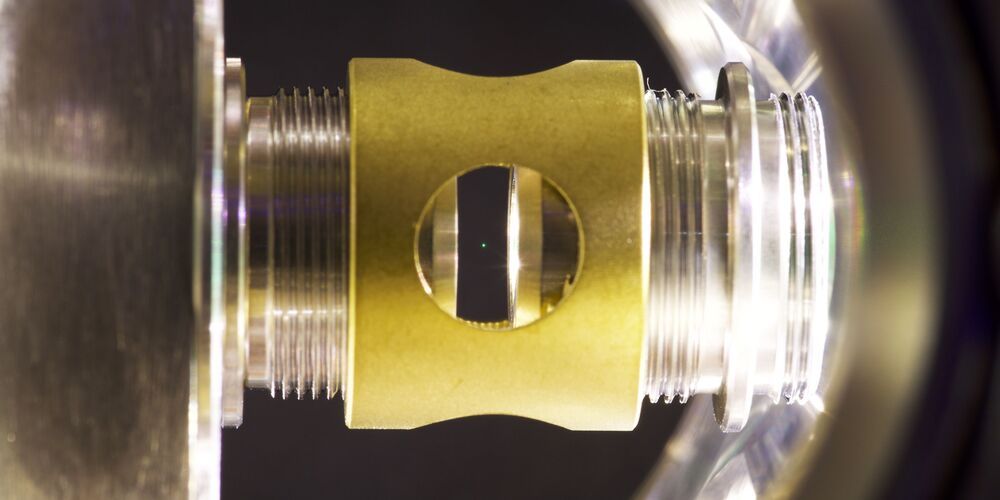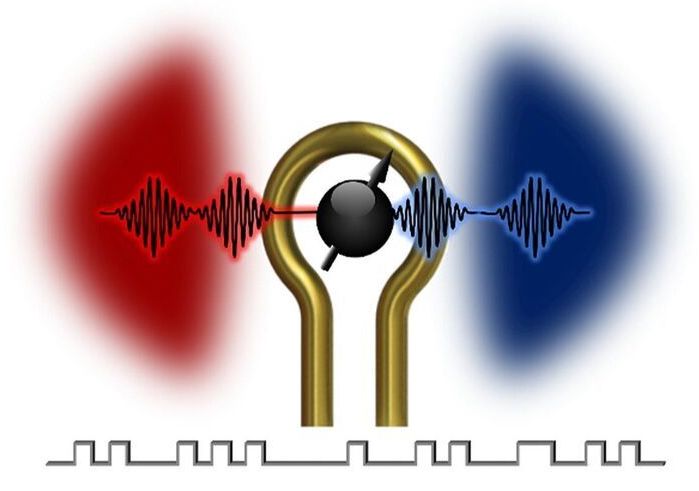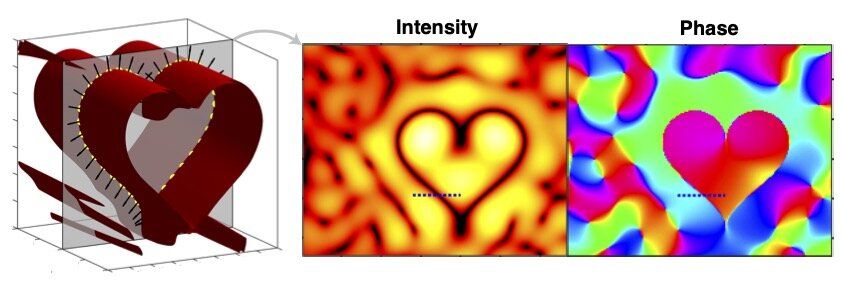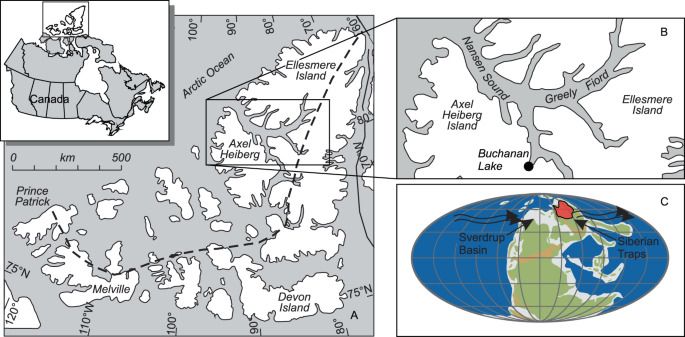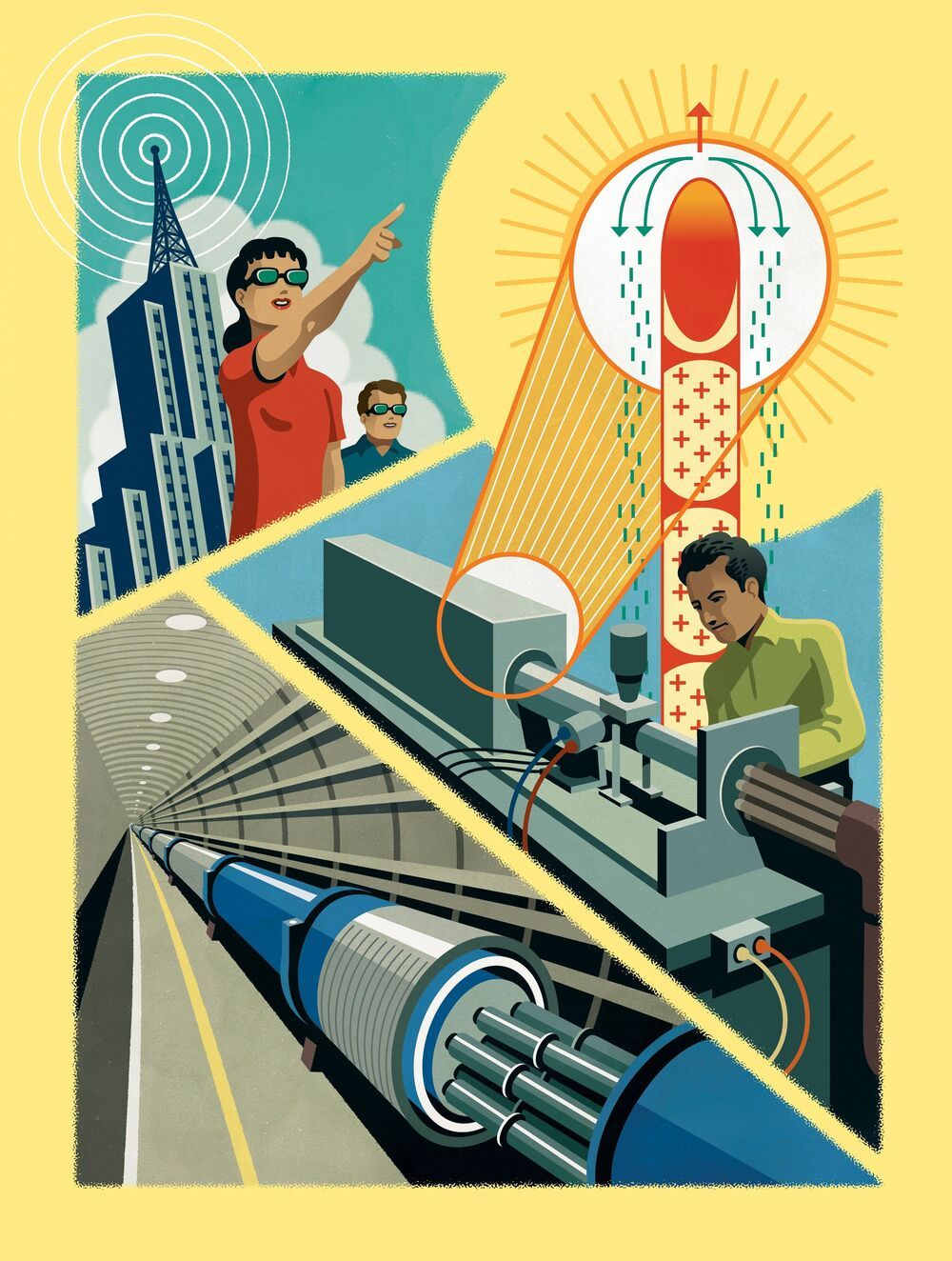A collaborative research team, led by the University of Liverpool, has discovered a new inorganic material with the lowest thermal conductivity ever reported. This discovery paves the way for the development of new thermoelectric materials that will be critical for a sustainable society.
Reported in the journal Science, this discovery represents a breakthrough in the control of heat flow at the atomic scale, achieved by materials design. It offers fundamental new insights into the management of energy. The new understanding will accelerate the development of new materials for converting waste heat to power and for the efficient use of fuels.
The research team, led by Professor Matt Rosseinsky at the University’s Department of Chemistry and Materials Innovation Factory and Dr. Jon Alaria at the University’s Department of Physics and Stephenson Institute for Renewable Energy, designed and synthesized the new material so that it combined two different arrangements of atoms that were each found to slow down the speed at which heat moves through the structure of a solid.


